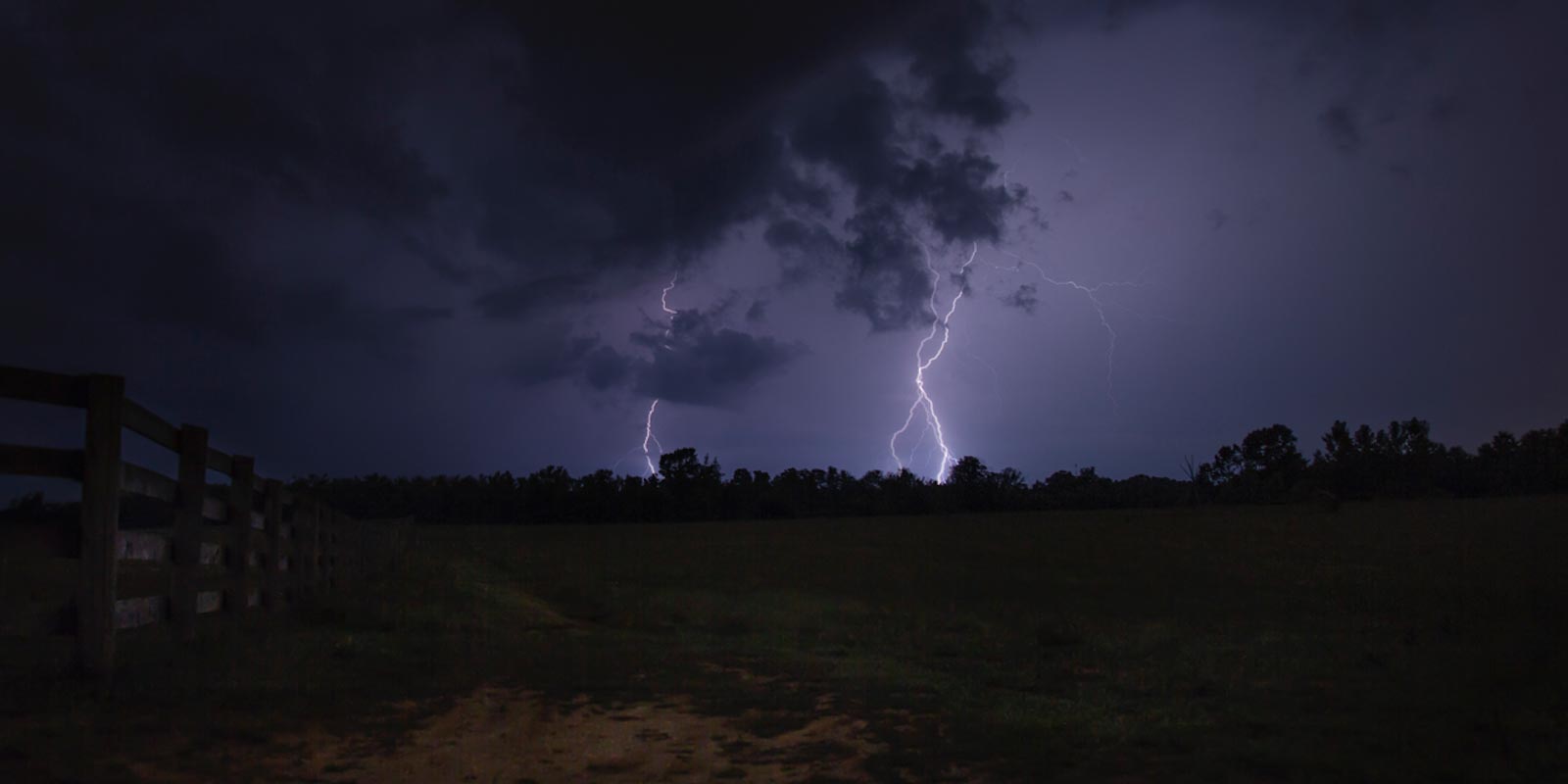
Thunder and lightning can be both scary and exhilarating. When children need to play indoors at an early childhood education service because of a storm, educators can take advantage of the teachable moment.
EYLF learning outcomes
Through storms, children can learn about:
- weather
- the sky
- rain
- clouds
- and electricity.
The Early Years Learning Framework (EYLF) asks children to show respect for the environment (2.4)
Learning experiences
Perform a storm
Children sit in a circle with their legs crossed. Children start making quiet pitter-patter noises by tapping their hands on their knees (the sound of rain), while an educator narrates a story about rain falling down gently.
The children start making louder and louder noises and the educator describes how the rain is falling harder from dark clouds. Children start vocalising "boom" and "crash" noises and the educator describes thunder and lightning echoing through the sky.
As the educator explains how the loud noises go away, the rain softens and the sun comes out, the children slowly decrease their sounds, returning to soft pitter-patter sounds and then nothing.
The same exercise can be performed using musical instruments like drums and tap sticks. Thunder sounds can be made by waving large pieces of cardboard.
Research artists
View artworks that depict storms, reflect on their materials and techniques and use them as inspiration for your own artworks.
- Australian artist, Sir William Dobell used oil paint to make Storm, Wangi. Can you paint a storm where you live?
- Eric Atkinson used oil paint and sand to create Rain Storm Over Bruce. Can you mix sand with your paint?
Discussions
- Why are there storms?
- What are the benefits of storms?
- What problems can storms cause?
- How can we stay safe in a storm?
- How dangerous can storms become? Can they cause a natural disaster?
Resources
Websites
- National Geographic: Lightning
- Curious Kids: Should I be scared of lightning?
- Curious Kids: How does thunder work? And why is it so loud?
